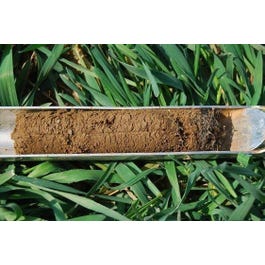@Hoytvectrix and others correct me if my takeaways from prior coverage of this topic are off - but my understanding is the following:
Total neutralizing value is the same between pulverized ag lime and pelletized lime while there may be some differences to how fast acting it is based on how fine the particles are. Co-ops frequently suggest the pelletized lime can be used at lesser values because it's more expensive and they figure it's easier for a food plotter who's not as dependent on yield to just put down 250#/acre every year than paying for and spreading over a ton of pellet lime in one application. So 250# of pellet lime will not impact ph the same as 2500# of ag lime, the co-ops just recommend something that's more palatable for food plotters with small acreage or with locations they cant get a lime buggy to.
If my understanding is accurate, the way co-ops state it seems misleading at best.




